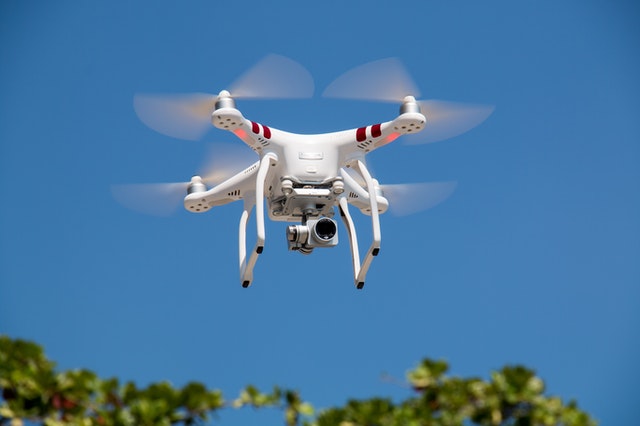Although interest in the use of commercial unmanned aerial vehicles (UAVs) is still increasing, strict regulations governing drone usage continue to limit mass adoption. In order to ensure there is compliance of commercial drones with these regulations, support for drone operations can be found through the increasing use of advanced digital technology. Drones are now being used in various industries, from the retail sector, where they provide fast and efficient deliveries, to financial companies that use them to take surveillance footage to assess suitability for commercial loans and insurance. However they are employed, by integrating technology with the framework of regulations for drones usage. Regtech can help to manage drone use while at the same time ensuring it adheres to stringent government rules.
Supporting Delivery Drones with Unmanned Flight Corridors
While UAV technology improves, its impact on the online retail industry is significant as drones offer fast and cost effective shipping and delivery options. With more drones in the sky, keeping them under control becomes a priority, but it is hoped that the use of unmanned aircraft system corridors used like highways in the sky will help to facilitate the safe use of drones for delivery. Digital technology will be essential in order to integrate the control of drone usage for delivery. It will involve the cooperation of various egulatory bodies, including the Federal Aviation Administration (FAA) as well as private enterprises.
Ensuring the Security of Surveillance Drones
While enabling and effectively managing drone flight is important, it must be balanced with adequate security measures to protect privacy and civil liberties. Security is essential for drones used for surveillance. The drones may provide data on the real estate values and building construction, or, more surreptitiously, police or military operations. It doesn’t matter what the reason for the drone flight is. The use of digital technology can help to ensure that vehicles remain within areas limited by a specific set of coordinates. Geofencing uses a drone’s GPS to enforce restrictions and warn the vehicle if it is drifting off course. Through real-time tracking via beacons integrated with a digital airspace map, drones can be safely kept out of no-fly zones and other areas where restrictions are enforced.
Controlling, Tracking and Authorizing Drone Flights
To control drone flights further, the FAA wants to track drones using remote ID technology. This tracking is already used for other aircraft, and the FAA is proposing a new regulation that will require drones to carry ID technology in the same way. In India, all drones must be registered through The Digital Sky Platform, an online portal to regulate applications and individual permissions where required. In addition, drone flight is limited by a No-Permission-No-Take-Off system which can be automatically regulated with technology to approve flights in particular zones.
While the increasing use of commercial drones benefits a range of industries, keeping them safe and under control must remain a priority. From supporting highways in the sky to limiting unauthorized flights, digital technology can be used effectively to ensure compliance with regulations.
